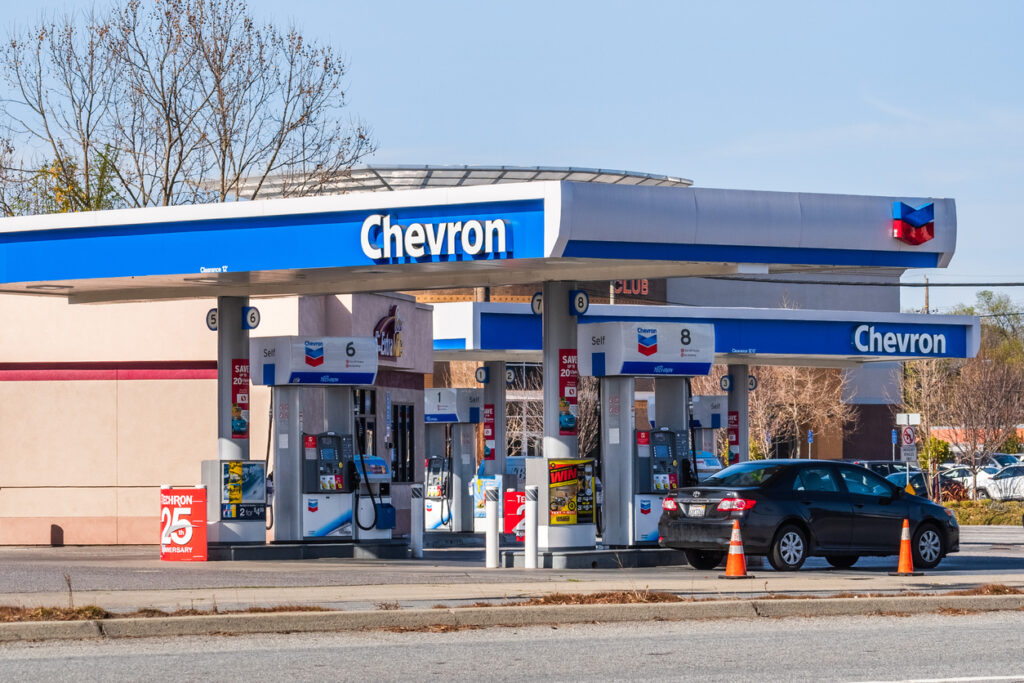(Oil Price)– On the evening of October 2, a massive fire broke out at Chevron’s El Segundo refinery just southwest of Los Angeles. The blaze was visible across the South Bay and drew a large emergency response, but it was ultimately contained without injuries. While the fire was limited to a single process unit, the facility’s importance to California’s fuel supply means the incident could ripple through regional gasoline markets almost immediately, exacerbating an already challenging situation.

Built in 1911, the El Segundo refinery is Chevron’s largest on the West Coast, with a processing capacity of about 290,000 barrels of crude oil per day. (Contrary to multiple news reports, the facility does not produce oil–it processes oil). The facility plays an outsized role in California’s fuel economy, supplying roughly 20% of Southern California’s gasoline and more than 40% of its jet fuel. Any disruption there carries implications far beyond Los Angeles County. Even a short-term outage can tip the balance in a state where fuel supplies are tightly constrained.
California’s gasoline market is unique in several respects that magnify the impact of such accidents. The state is effectively an island when it comes to refined products, with only limited pipeline connections to the broader U.S. refining system. On top of that, California requires its own specialized blend of gasoline to meet stringent environmental standards. CARB-compliant fuel cannot be easily substituted with supply from other states, and imports from Asia or the Gulf Coast typically require weeks to arrive. This leaves the state unusually exposed when local refineries experience disruptions.

